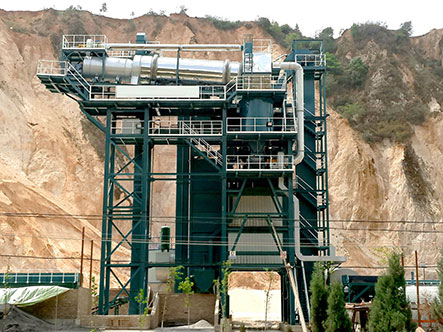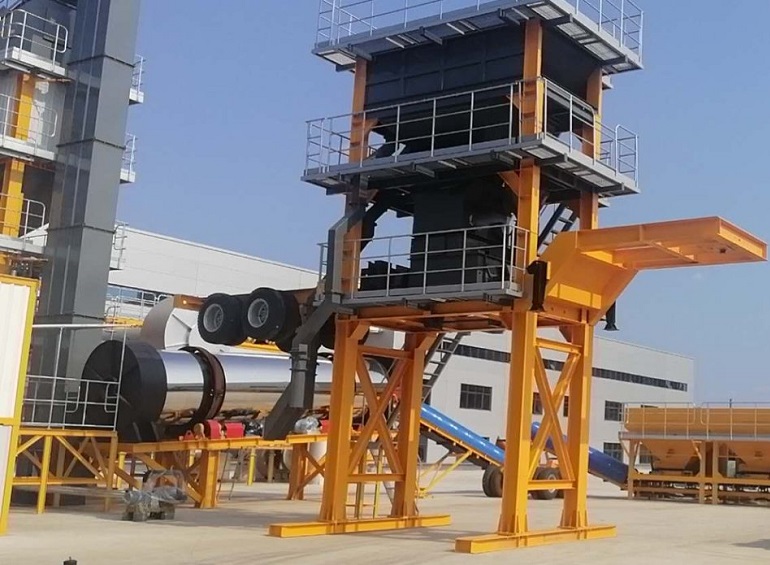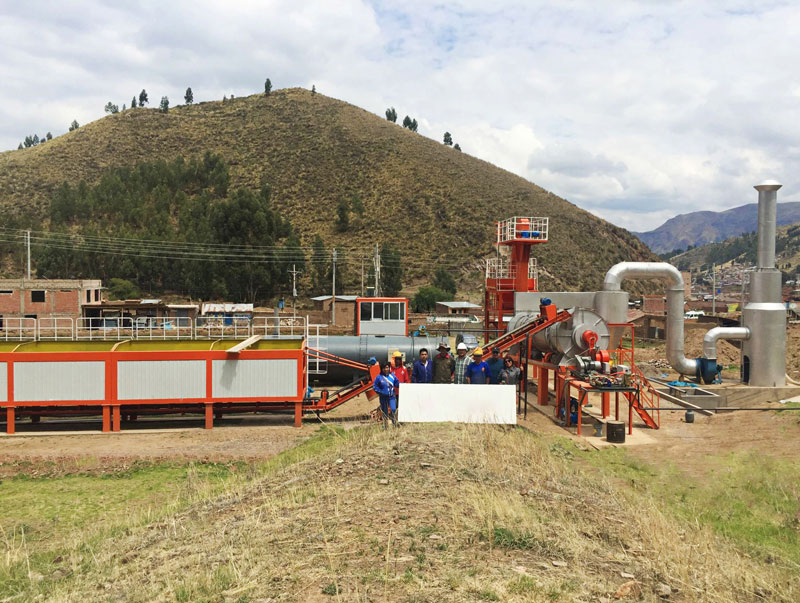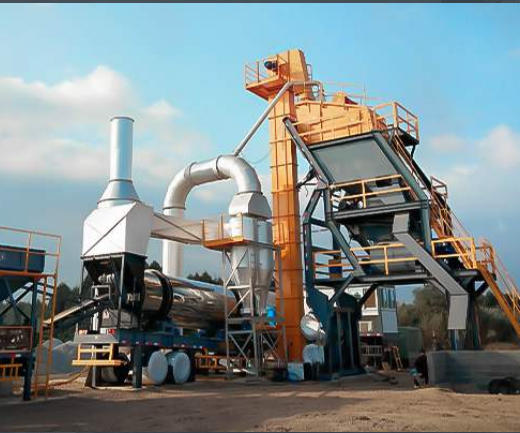RAP Asphalt Plant for Recycling and Energy Reduction
Asphalt pavements are the more recycled product. According to an annual survey of the industry conducted by NAPA with the support of the Federal Highway Administration, more than 80 million tons of asphalt pavement is reclaimed each year, and nearly 100 percent of that total is either recycled or stockpiled for future use.
Reclaimed asphalt pavement (RAP) can be recycled into pavement that performs as well as, or even better than, pavements made of all-virgin materials. And the same material can be recycled again and again; it never loses its value. The asphalt binder — the glue that holds the pavement together — retains its ability to function as glue or cement, so that it is reused for its original purpose. The aggregates (rocks, sand, and gravel) in the original pavement are also conserved. Many pavements that are more than 20 years old are actually worth more than they were when originally constructed due to the value of the RAP that can be reclaimed during maintenance and resurfacing work.
It is estimated that recycling of asphalt pavements saves the American taxpayer more than $2.5 billion per year. It also saves more than 60 million cubic yards of landfill space each year.
Waste materials and byproducts from other industries are routinely recycled into asphalt pavements instead of going into landfills. Some of the most common are rubber from used tires, asphalt roofing shingles, and steel and blast furnace slags.
Asphalt plants also recycle the fine mineral particles that are generated in the process of producing asphalt pavement material. This routine recycling of co-generated material helps to conserve natural resources.




 RU
RU MM
MM AR
AR




